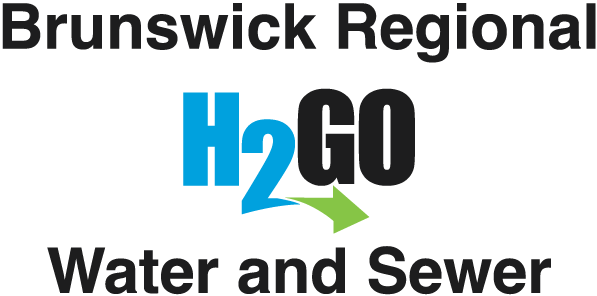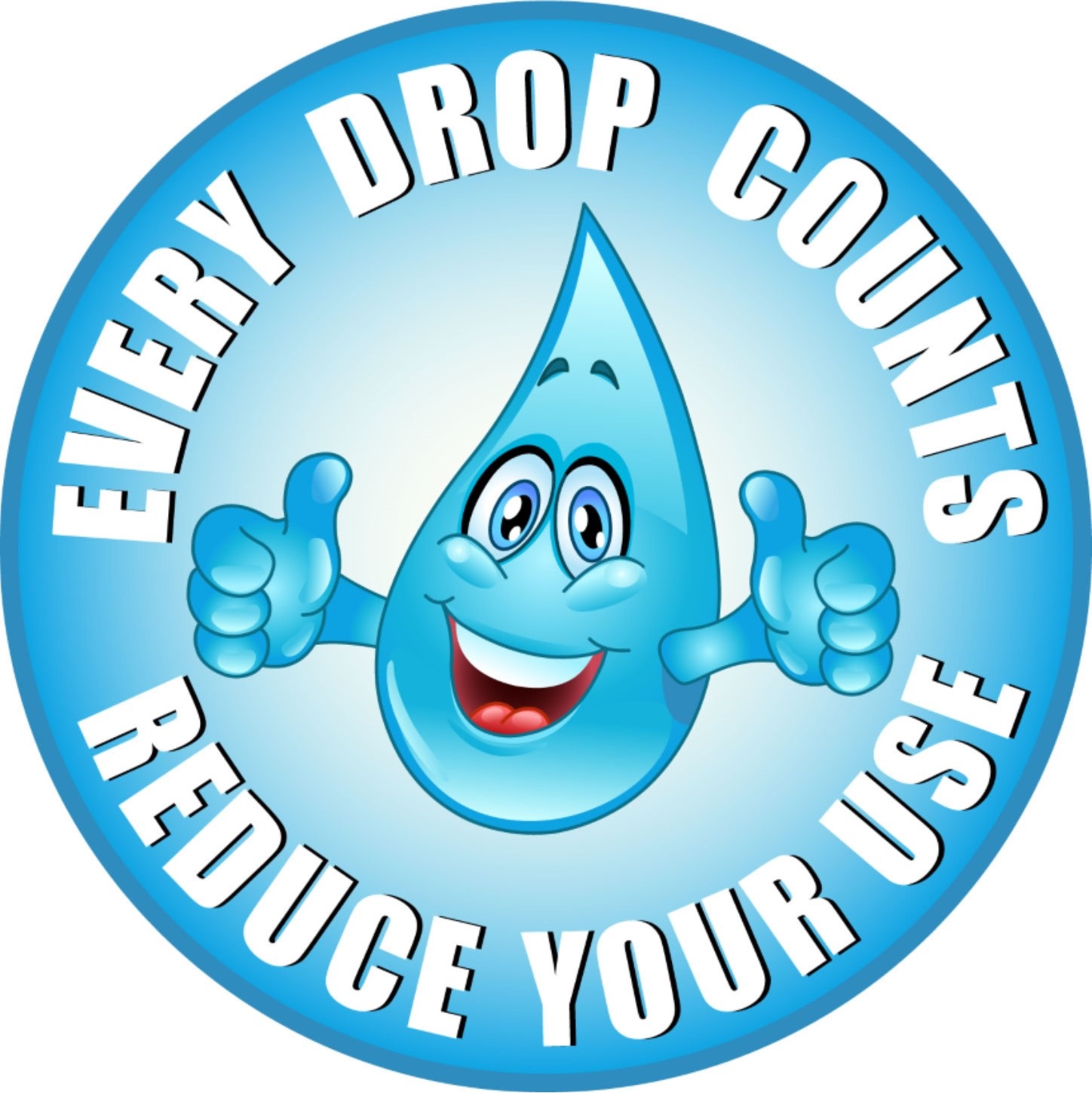
Water conservation can be thought of as the policy of reducing the use of water and recycling water for various reasons. Water conservation done right not only reduces the waste and loss of water, but it also preserves the quality of water. Water conservation can be implemented by a device, a behavioral change, technology, an action or a new process or design.
It is necessary to conserve water because water conservation is recognized as the most environmentally sound and affordable tactic to lessen people’s demand on water. Water conservation stretches supplies further and also protects the resources of bodies of water that are already in duress. Using a lesser amount of water also lightens the burden that is placed on sewage treatment facilities.
What Can I Do?
People can do a lot of different, small things in their own lives to meaningfully help with water conservation. This is seen in simple steps you can take in your own bathroom to sensible plans you can implement in your own kitchen.
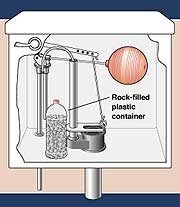
In the Bathroom
- Make sure your toilet is an ultra-low flush model, which uses only one and a half gallons per flush.
- Flush the toilet only when necessary. Never use the toilet as an ashtray or wastebasket.
- Fill plastic bottles with enough water or pebbles to prevent the containers from floating and place the container into the toilet tank, avoiding placing them in a way that could interfere with the mechanical workings of the toilet.
- A typical shower uses five to ten gallons of water a minute. Limit your showers to the time it takes to soap up, wash down and rise off.
- Your hardware or plumbing supply store stocks inexpensive shower heads or flow restrictors that will cut your shower flow to about three gallons a minute instead of five to ten. They are easy to install, and your showers will still be cleansing and refreshing.
- While waiting for hot water to come through the pipes, catch the cool, clean, water in a bucket or a watering can. You can use it later to water plants, run your garbage disposer or pour into the toilet bowl to flush.
- Check toilet for leaks. Put dye tablets or food coloring into the tank. If color appears in the bowl without flushing, there's a leak that should be repaired. A slow leak in your toilet can waste 30 gallons a day while a medium or large leak can waste between 200 and 300 gallons per day.
- Turn off the water while brushing your teeth. Before brushing, wet your brush and fill a glass for rinsing your mouth. Saves three gallons each day.
- Turn off the water while shaving. Fill the bottom of the sink with a few inches of water to rinse your razor. Saves three gallons each day.
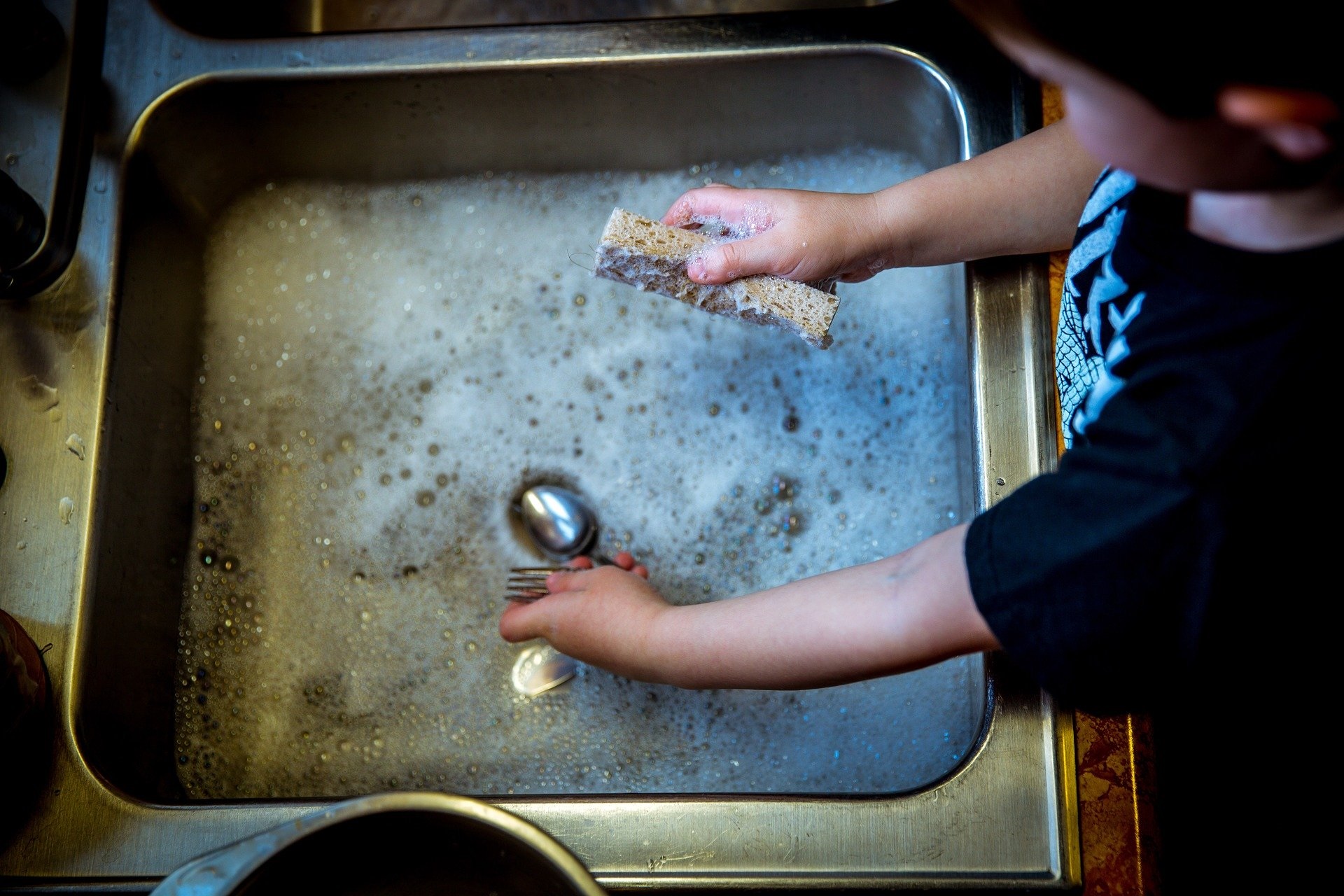
In the Kitchen
- If you wash dishes by hand—and that's the best way—don't leave the water running for rinsing. If you have two sinks, fill one with rinse water. If you only have one sink, use a spray device or short blasts instead of letting the water run. Saves 200 to 500 gallons a month.
- When washing dishes by hand, use the least amount of detergent possible. This minimizes rinse water needed. Saves 50 to 150 gallons a month.
- Use your automatic dish washer only for full loads only. Your automatic washer uses 30 to 35 gallons per cycle.
- Keep a bottle of drinking water in the refrigerator. This beats the wasteful habit of running tap water to cool it for drinking. Saves 200 to 300 gallons a month.
- Don't defrost frozen foods with running water. Either plan ahead by placing frozen items in the refrigerator overnight or defrost them in the microwave. Saves 50 to 150 gallons a month.
- Don't let the faucet run while you clean vegetables. Rinse them in a filled sink or pan. Saves 150 to 250 gallons a month.
- Use the garbage disposal less and the garbage more (even better—compost!). Garbage disposals alone add 50% to the volume of solids that enter your home plumbing. Saves 50 to 150 gallons a month.
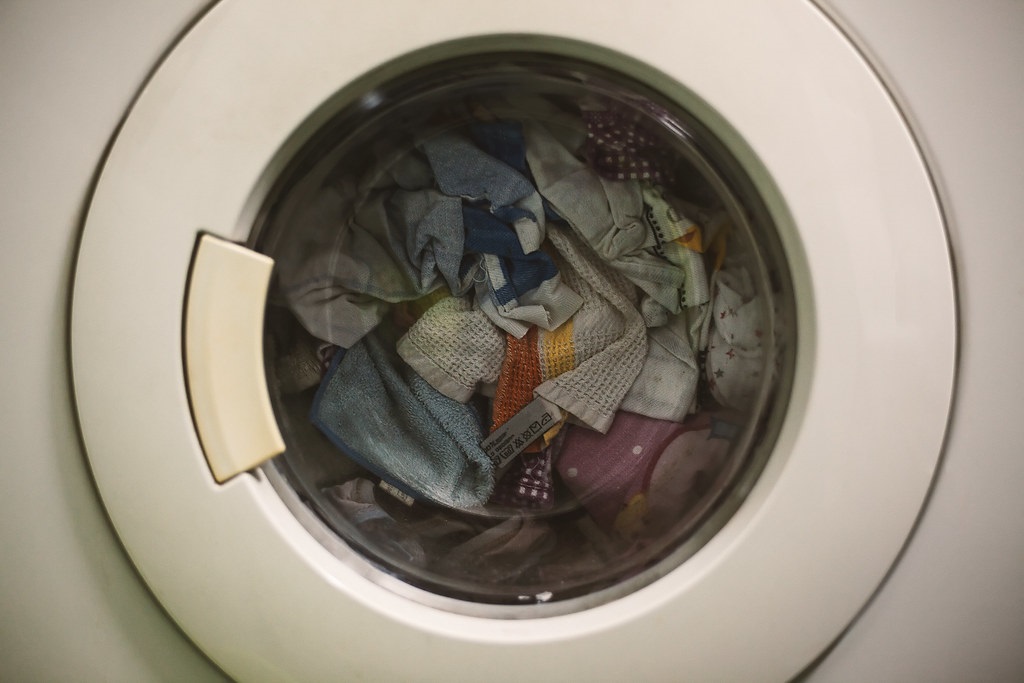
In the Laundry
- Use your automatic washing machine only for full loads only. Your automatic washer uses 30 to 35 gallons per cycle.
- Remove clothes from washer promptly, to avoid having to rinse or wash them a second time.
- When purchasing a new washing machine, look for one that can be adjusted for size of the load, and that offers several wash and rinse cycles. This will allow you to optimize its use, thus saving water and energy.

Throughout the House
- Repair dripping faucets. Even the smallest drip can waste 50 gallons or more per day. Larger leaks can waste hundreds of gallons of water. A dripping faucet can usually be repaired by replacing the rubber O-ring or washer inside the valve.
- Retrofit all household faucets by installing aerators with flow restrictors to slow the flow of water.
- Don't run water continuously while washing your hands. Turn off the water while soaping up, and turn it on again to rinse.
